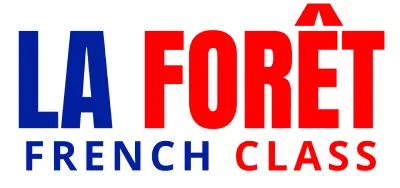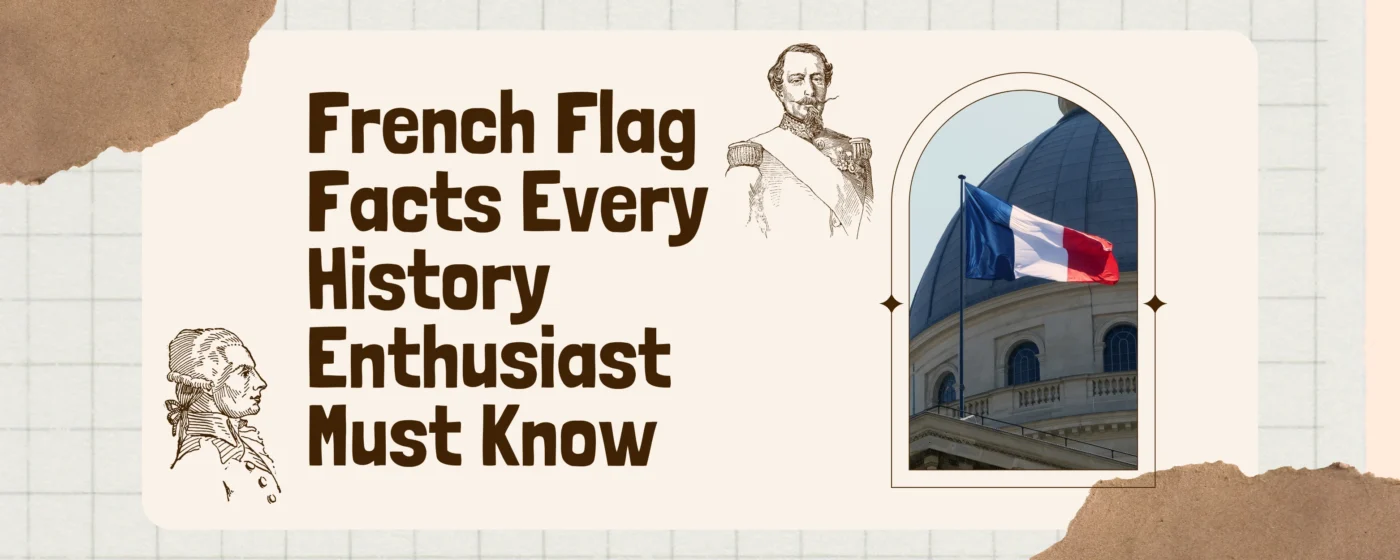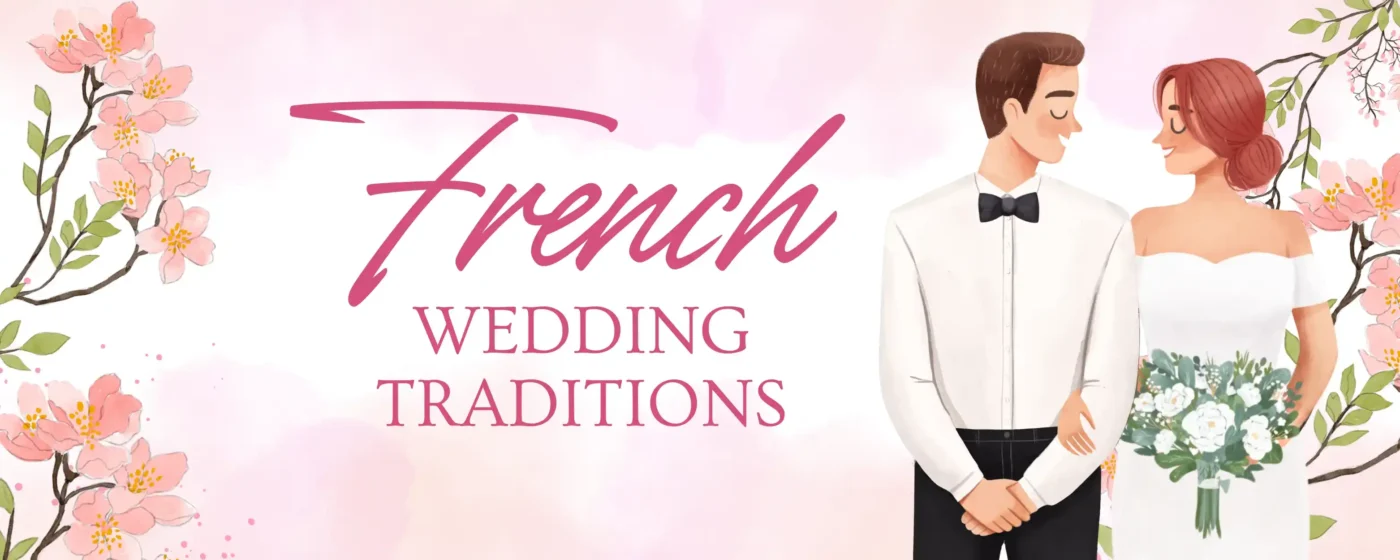Born from the French Revolution, the French tricolour flag – merging Parisian blue/red with royal white – became a powerful symbol of unity and change. National symbols like this flag are vital because they connect a nation’s history, culture, and identity. They also remind people of shared values and their place in the world. Sounds like something you’d want to read more about? Well, what’re you waiting for? Let’s dive in!
The Flag of France
The French flag is one of the world’s most instantly recognizable national symbols. Affectionately known as “Le Tricolore” (The Tricolour), the French flag’s simple yet powerful design features three vertical bands of equal width. These stripes are colored a rich blue, followed by pure white in the center, and a vibrant red on the fly end. This iconic arrangement of the French flag embodies liberty, equality, and fraternity. It serves as a proud emblem of the nation’s history and identity, both nationally and globally.
The blue white red flag stands as a symbol of unity and republican ideals, representing the enduring values and revolutionary spirit of the French Republic.
Explore timeless architecture and cultural heritage by visiting these stunning historical sites in France on your next trip.
A Brief History of the Tricolore
The Tricolore’s story is deeply intertwined with the French Revolution. Adopted in 1789, the French flag’s creation marked a radical retreat from the earlier royal standards, which often featured the monarchy’s white or the blue shield with gold fleurs-de-lis. The new flag combined the traditional colors of Paris, blue and red, with the white of the Bourbon monarchy.
This union was initially symbolized in a cockade worn by revolutionaries, notably promoted by Lafayette. This blending of colors represented a symbolic reconcilement of the king and the people. The monarchy’s role was soon abolished. The vertical stripe in the flag’s design was officially adopted in 1794.
Over time, this Tricolore became the powerful emblem of the Revolution’s core ideals: liberty (blue), equality (white), and fraternity (red). It represented a shift from a monarchical past to a republican future, becoming a powerful symbol of national unity and the values upon which the new French Republic was founded.
The Symbolism Behind the Colors
The French Tricolore’s colors have specific meanings. It’s believed that the blue colour stands for liberty (freedom), white for equality (everyone is equal), and red for fraternity (brotherhood or being united). Historically, blue and red were the colors of the city of Paris, where the revolution started. White was the color of the old kings. When discussing the blue, it’s worth noting that a lighter blue shade has also been used at times, each with its own symbolic significance.
Putting them together was a way to show the people and the king coming together, though the king was later removed. There are also some other notions about the colors. These include the red colour symbolising the blood lost during the revolution, and the white representing peace. There’s also an old idea that the colors stood for the different groups of people before the revolution. But the main idea today is about liberty, equality, and fraternity – the big ideas of the French Revolution.
Explore these 7 facts about the French Revolution you must know to deepen your understanding of this historic upheaval in France.
Changes Over the Centuries
While the core design of the Tricolore has remained consistent, it has seen subtle changes over time. For example, the shade of blue has varied, with a darker navy blue being the original revolutionary color. Earlier royal flags often featured a blue background, which influenced the revolutionary design. This navy blue colour was later lightened in 1976 to match the European flag, and then reverted to the deeper navy in 2020.
Proportions of the three colours in the flag have also shifted. Initially, the stripes were not always of equal width. Did you know that Napoleon Bonaparte played a significant role in popularizing the Tricolore? He made it the official flag of his army and used it throughout his military campaigns across Europe. This solidified the Tricolore’s status as a powerful national symbol both within France and internationally. In later periods, previous flag designs and symbols were restored, reflecting shifts in political authority.
Famous Moments Featuring the French Flag
The French flag has been a silent witness and active participant in some major moments of French history. Born from the uproar of the French Revolution, it quickly became the banner of a new era, replacing the old royal banners adorned with the white cross and flying over revolutionary assemblies, where the national guard rallied, and on the fields of battle. Every year, the Tricolore is proudly displayed on Bastille Day, commemorating the storming of the Bastille and the beginning of the Revolution, which marked the loss of the monarchy’s throne.
It’s a day when the French flag symbolizes national unity and the enduring values of the Republic. The liberation of Paris in World War II saw the Tricolore being raised again over public buildings, signalling the end of Nazi occupation and the return of French sovereignty. These events highlight the flag’s deep connection to the nation’s identity and the citizens’ struggle for freedom.
Experience France, Learn the Language!
Discover hidden gems with our language and culture insights. Explore with us!
Interesting French Flag Trivia
- The French flag was actually outlawed for a while after Napoleon, during the time the kings came back (1814-1830). They preferred the plain white flag! How scandalous!
- The French Tricolore basically kicked off the “three vertical stripes” trend in national flags. Lots of countries looked at France and got inspired by its Tricolore.
- The French flag is a constant presence in modern diplomacy, flown at embassies and international events.
- President Macron quietly reverted the blue stripe to a darker, navy shade in 2020, returning to the original revolutionary color.
- Trivia: The revolutionary cockade, a symbol of the French Revolution, was often worn on a hat, such as the famous bicorne hat used by students of the École Polytechnique.
The French Flag in Global Influence
The French Tricolore’s design has significantly influenced other countries’ flag creation worldwide. It became a template for many nations adopting vertical tricolor patterns to represent their own revolutionary or national aspirations. Beyond its aesthetics, the French Tricolore powerfully symbolizes democracy and freedom, values solidified in the French citizens during the French Revolution.
It stands as an international emblem of Republican ideals. This symbolism is prominently displayed at global gatherings like the Olympic Games, where the Tricolore is proudly carried by French athletes, representing the nation and its commitment to these universal principles on the world stage.
Flag Etiquette: How to Display and Respect the Tricolore
Respecting the French national flag is an important part of honoring the country’s heritage and the values it represents. The Tricolore is more than just a flag—it is a symbol of national unity, pride, and the enduring ideals of liberty, equality, and fraternity.
When flying the French flag, it should always be in good condition, never torn or faded, and should be hoisted at the same height as other national flags to show equal respect. The flag must never be flown upside down or allowed to touch the ground, as this is seen as a sign of disrespect. On important occasions, such as Bastille Day or state ceremonies, the Tricolore is prominently displayed on public buildings and town halls across France, reinforcing its role as a unifying symbol for the nation.
Explore the cultural impact of religion in France and how it shapes French society through traditions, values, and modern beliefs.
Frequently Asked Questions
1. What flag was commonly used just before the Tricolore was adopted?
The simple white flag of the Bourbon monarchy was prominent just before the Revolution, a stark contrast to the colorful Tricolore that replaced it!
2. What inspired the design of the French flag?
Some historians suggest the design might have been subtly inspired by the horizontally striped red, white, and blue flag of the Netherlands, which predates the French Revolution.





